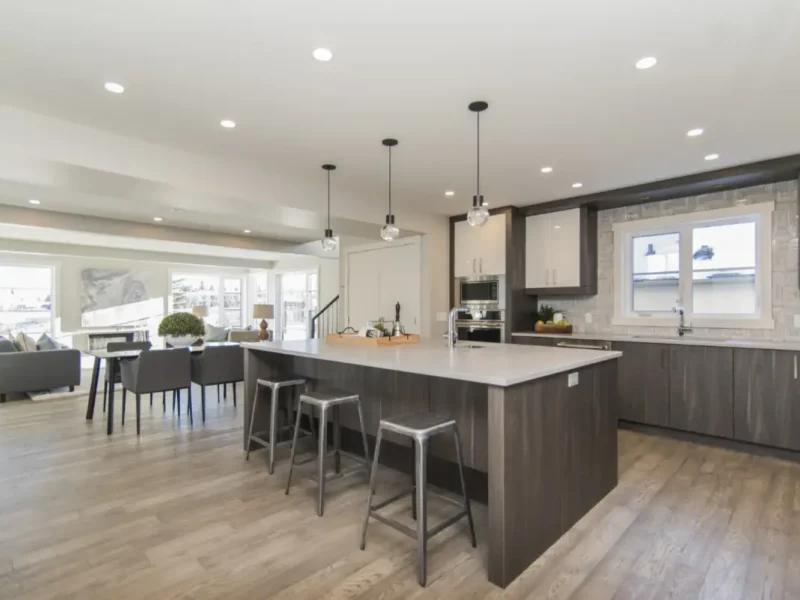The essential first step in upgrading your home’s plumbing system is to conduct a comprehensive evaluation, examining pipes, faucets, water heaters, and all other aspects of your plumbing. Issues such as outdated pipes made of galvanized steel or lead should be addressed immediately due to efficiency concerns and potential health risks.
Having a solid grasp on the specific needs of your home will simplify the following steps. If you need help with what to look for, this is a good time to involve a plumber, who can provide a professional assessment of the system’s state and offer valuable insights for the upgrade process.
Contents
Planning Your Plumbing Upgrade
Once the current system’s assessment is complete, the next move is to outline a strategic plan for the upgrade. A well-structured blueprint for your plumbing upgrade includes prioritizing tasks, establishing a realistic budget, and setting a feasible timeline.
All big-ticket items, such as replacing a septic tank or water heater, should be identified, priced out, and scheduled accordingly. During this phase, consider interim fixes, like punctual plumbing repair, for pressing issues to prevent further damage.
It’s also essential to iterate on sustainability – options like dual-flush toilets, eco-friendly showerheads, and other water-conserving fixtures can significantly diminish water use, promoting affordability and environmental stewardship.
Choosing the Right Materials and Fixtures
The longevity and efficiency of your plumbing system heavily depend on the quality of the materials you choose. Pipes, the backbone of the plumbing system, require careful selection; PEX and copper are both excellent options, offering a combination of durability and ease of maintenance.
When it comes to fixtures, those accredited with a WaterSense label meet EPA criteria for efficiency and performance and can substantially lower your water bill.
Implementing the Upgrade
With a plan in hand and materials selected, the implementation of your upgrade begins. Piping reconfiguration, major installations, and addressing any sewer line issues should undoubtedly be left to professional plumbers. These experts ensure the installation complies with local building codes and is executed effectively.
Furthermore, staying abreast of advancements in the industry, like smart home water monitors, can add an extra layer of protection to your new system.
Maintenance Tips for Your Upgraded System
After the upgrades have been completed, establishing a routine maintenance schedule is critical to extend the life of your new plumbing system. This includes regular inspections for leaks, maintaining water softeners, and cleaning aerators and drains.
Taking proactive steps to care for your upgraded system will prevent minor issues from becoming major expenses and ensure that your plumbing continues functioning effectively for the long term.



